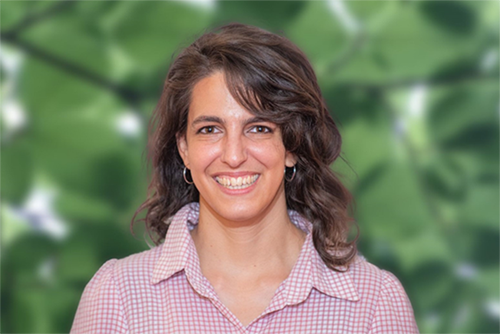
As Jews, we have the opportunity to celebrate the New Year not once, but several times. The Jewish year has four different new year celebrations: Rosh HaShanah, Passover, Tu BiShvat, and Elul. Many Jews also celebrate the secular New Year in January. That means we get five opportunities every year to do an accounting of our soul (cheshbon hanefesh) and make resolutions for growth and betterment.
According to research from the University of Scranton, only 8% of people keep their New Year's resolutions. How can we ensure that this year we will reach our goals and continue to grow? We can look to the lessons of Rosh HaShanah and Hanukkah for guidance.
Rosh HaShanah is guided by many concepts, one of which is . T'shuvah is often translated as "repentance"; the process of fixing that which is broken. The Ben Ish Chai (a highly revered Torah scholar and master of Kabbalah from Baghdad) challenges this notion, claiming that t'shuvah is a process of cleaning and refining ourselves and surroundings so that we can return to our true selves. He teaches that because we're all made (in the image of God), we are each inherently valuable, like a diamond. A diamond, even when covered in dirt and grime, still keeps its value. We just need to wash off the grime to shine again.
T'shuvah helps us understand our inherent value as individuals and empowers us to better understand our place and purpose in life. When we are more connected to ourselves, we are able to set realistic, personal, and meaningful goals for ourselves. Once you have a goal, you need a system to help you reach that goal. Lighting the Hanukkah lights is just that system.
I'll explain: The Talmud records a debate between the sages Hillel and Shammai regarding how to light the . Hillel proposed that we light the Hanukkah candles in ascending order, starting with one candle and the (the helper candle) on the first night, and lighting one additional candle each night, ending the festival by lighting the shamash followed by eight candles. Shammai, on the other hand, suggested that the candles be lit in descending order, beginning with eight candles and the shamash on the first night and decreasing so that only one candle and the shamash would be lit on the final night of Hanukkah. These varying philosophies illustrate two different paths of growth: reducing harmful behavior versus increasing positive behavior. The school of Hillel ultimately won the debate, and today the hanukkiyah is lit in ascending order. Hillel's theory helps us connect to a mindset of growth and expansion. Hanukkah reminds us that success comes one step at a time; by building a simple foundation, we can create a tomorrow with great potential.
We often convince ourselves that massive success is only possible through massive actions. However, Hanukkah reminds us that it is the small acts that help change our trajectory. When we light the hanukkiyah in accordance with Hillel, we start with one candle, something very easy to do, and something very small -- after all, it's only one candle. This one candle doesn't produce a lot of light alone, but that's okay, because it's only the beginning. Eventually, we light eight bright candles. Candle by candle, step by step, we grow as we maintain a hope and vision for a better tomorrow. By the eighth night, the light of the hanukkiyah fills the room -- and our hearts -- with light. Hanukkah reminds us there is a process to building something great.
This new year, take a moment to recognize the inherent beauty of what you have to offer and how small steps can help us achieve our potential.
Here are some steps you can take:
- Write down three things you have to offer the world.
- Think about three things that are inhibiting your ability to fully shine.
- Ask yourself: What system can I put in place to help me fulfill my potential?
- Now break down that system. Make your steps small and easy to integrate into your life. Give yourself a foundation for growth with something you can re-assess throughout the year.
Remember, each day is a new opportunity to let yourself shine. Wishing you a better tomorrow and a year of growth.
Related Posts

Six Symbols to Showcase Jewish Pride

What Message Does the Mezuzah Have Right Now?

